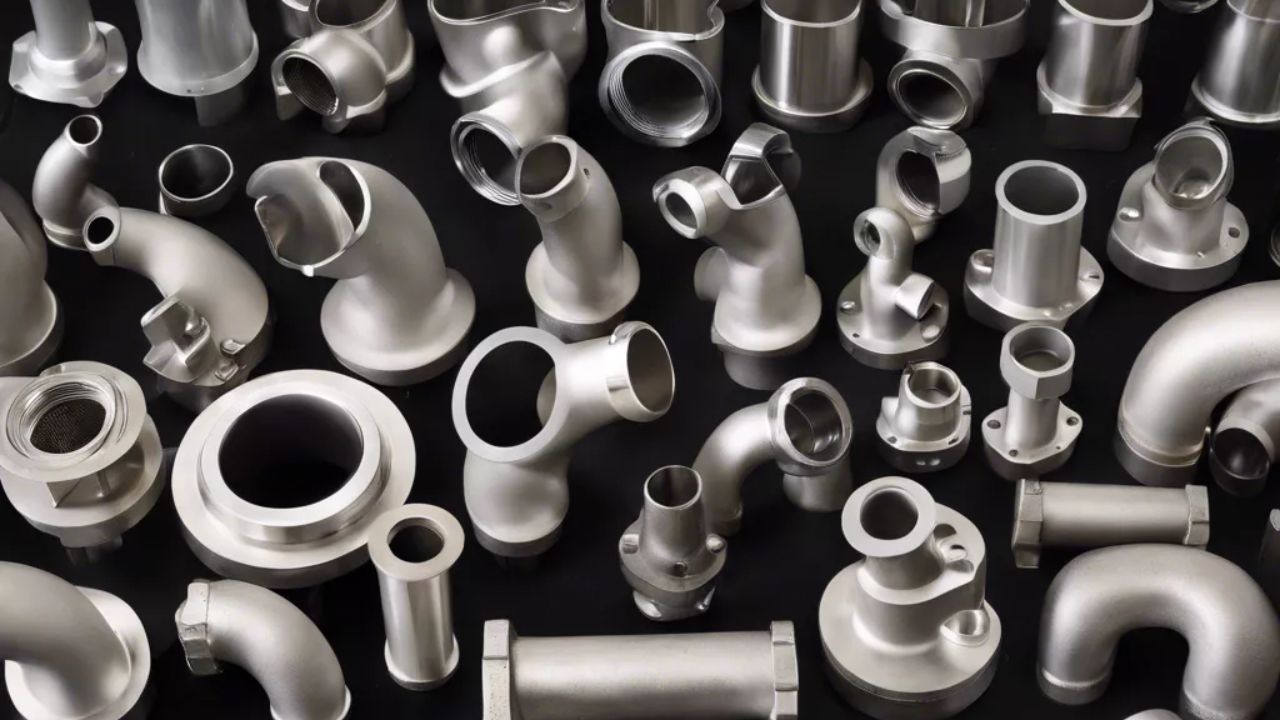Industrial systems use elbow pipe fittings as directional elements for fluid transport. These essential components direct pipeline flow through 45°, 90°, or 180° angles. Elbow pipe fittings must be properly installed because their correct integration leads to system efficiency and smooth operation. The Elbow Pipe-45/ 90/ 180 Degree fittings are designed to change the direction of fluid flow in various piping systems. Multiple essential elements need evaluation to ensure elbow pipe fittings operate at peak performance while fulfilling industrial operational requirements.
Choosing the Right Type of Elbow Fitting
To begin the installation process the user needs to choose the proper elbow fitting that matches their industrial application demands. Elbow fittings exist in three standard angular configurations including 45°, 90° and 180° which serve different functional requirements. The 45° elbow fitting serves low-pressure systems best while maintaining optimal pressure loss performance. These fittings maintain a gradual shift in the system which decreases fluid drag. 90° elbows represent the standard choice for pipe fittings because they efficiently redirect fluid at right angles through applications. These fittings are commonly installed in chemical plants and water supply systems as well as HVAC systems. The installation of 180° elbows becomes necessary for systems requiring complete flow direction changes in complex piping applications.
Material Selection for Elbow Fittings
Elbow fitting materials represent a fundamental aspect that directly influences installation procedures. Elbow pipe fittings exist in four primary material types: carbon steel, stainless steel, PVC, and copper. The selection of material needs to match both the fluid type and system operational parameters. Industrial systems frequently use carbon steel as their material of choice for transporting water gas and oil. The material offers long-lasting performance at affordable costs while maintaining resistance to high pressure and temperature conditions. Stainless steel functions exceptionally well in demanding situations including aggressive chemical environments.
Proper Sizing and Specifications
Efficient system operation depends heavily on selecting appropriate elbow pipe fittings sizes. The correct sizing of elbow fittings prevents fluid flow restriction that leads to system pressure drops energy waste and potential equipment damage. Select each elbow fitting keeping alignment among flow expectations and associated pipe dimensions. The piping system's standards require precise matching between the specifications which include outer diameter wall thickness and radius measurements to prevent leaks or joint failures. The standards from ANSI, API, and DIN specify the correct dimensions for various elbow fittings used in industrial applications.
Minimizing Fluid Resistance and Pressure Loss
Understanding how elbow pipe fittings affect fluid flow must be a prime consideration during installation processes. The design of elbow fittings creates natural resistance to fluid movement that results in decreased pressure throughout the system. The magnitude of pressure loss depends on three main elements: elbow angle, material selection, and pipe diameter. Choosing an elbow fitting with the right radius for system application helps minimize pressure loss. Long-radius elbows featuring larger bends produce less resistance than short-radius elbows do. A smooth layout of piping routes decreases pressure-loss measurements across the system.
Ensuring Proper Alignment and Support
Installation success depends on maintaining accurate line alignment between all elbow pipe fittings and the overall piping network. The improper alignment of pipe fittings creates joint stress that results in leakage problems premature failure and potential cracking. The elbow fitting requires secure support to stop both movement and vibration that could harm the pipe. The correct alignment of piping systems helps the system work without problems while preventing damage to elbows and preventing unbalanced fluid flow. Installation of support brackets or pipe hangers maintains the structural integrity of the system while providing safe security for elbow fittings.
Installation Techniques and Welding Methods
The correct method for attaching elbow fittings to piping affects overall system reliability as well as leak prevention during installation. Welding stands as a primary industrial technique that finds extensive use in high-pressure and high-temperature applications. Welded connections provide stable and enduring pipe-elbow connections though their implementation demands both specialized tools and experienced welders. Threaded connections function best in low-pressure applications and small pipeline systems. Threaded connections enable fast installation and removal while lasting shorter than permanently welded systems. Systems that need regular maintenance and disassembly benefit best from flanged connections.
Testing and Inspection
A complete inspection and testing phase of elbow fittings and piping systems must occur before starting industrial system operations. Testing procedures enable the detection of system-compromising leaks misalignments and defects. Testing through pressure exams visual evaluation and non-destructive tests establishes proper installation of elbow pipe fittings to fulfill expected operational standards.
Conclusion
The installation of elbow pipe fittings for industrial systems demands a detailed evaluation of fitting type along with material choice proper sizing and precise alignment. The key factors receive attention by industries to achieve efficient piping system operation which minimizes pressure loss while preventing leaks and ensuring long-term durability. System reliability improves through optimal installation practices together with testing procedures in conjunction with ongoing maintenance activities.


